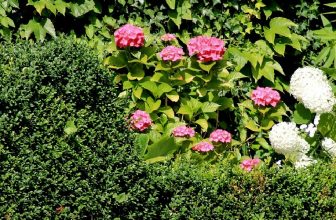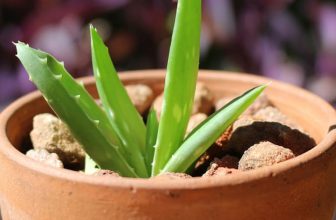How to Clear a Vegetable Garden Full of Weeds
Clearing a vegetable garden full of weeds can be a daunting task, but it is an essential step in maintaining a healthy and productive garden. Weeds not only compete with your plants for nutrients, water, and sunlight, but they can also harbor pests and diseases that can damage your crops. Additionally, by removing the weeds from your garden, you are creating more space and resources for your desired plants to thrive.
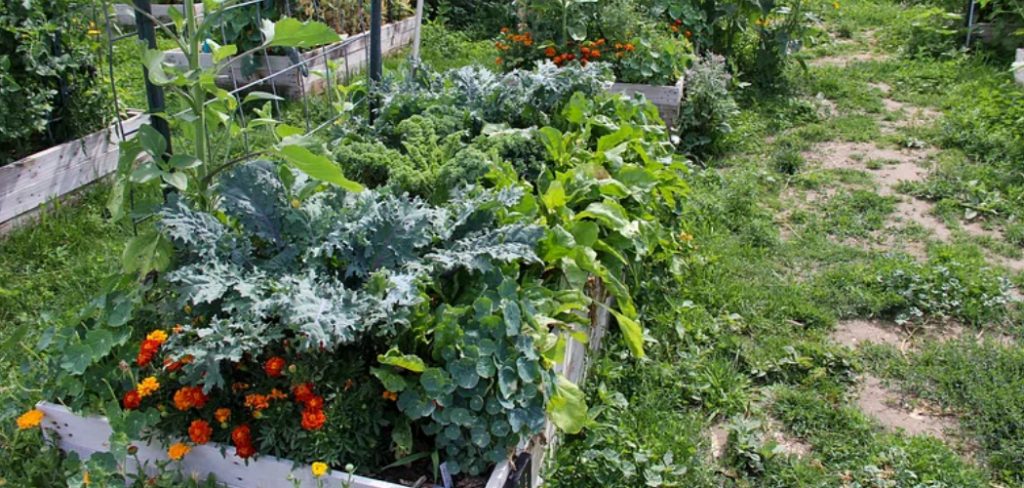
The main advantage of clearing a vegetable garden full of weeds is to promote the growth and health of your plants. By eliminating competition, your plants will have more access to resources and can grow larger, produce higher yields, and be less susceptible to diseases.
Additionally, removing weeds can also improve the aesthetics of your garden and make it easier for you to manage and maintain. Read this blog post to learn how to clear a vegetable garden full of weeds.
Step by Step Processes for How to Clear a Vegetable Garden Full of Weeds
Step 1: Inspect the Garden
Take a walk around your vegetable garden and identify which areas have been overrun by weeds. This will give you an idea of the scale of the problem and help you plan your approach to clearing it. The key to successfully clearing a vegetable garden full of weeds is having the right tools on hand. These may include a shovel, rake, hoe, hand trowel, garden gloves, and a wheelbarrow for disposal.
Step 2: Begin with the Edging
Start by clearing the perimeter of your vegetable garden. Use a shovel or spade to create a clean edge between your lawn or pathways and the garden bed. This will prevent grass and weeds from creeping back into your cleared area.
Step 3: Remove Large Weeds
Using a shovel or rake, remove any large weeds that can easily be pulled out. Be sure to get the entire root system to prevent regrowth. For smaller and more stubborn weeds, use a hoe or hand trowel to dig them out from the roots. This may take some time and effort, but it is important to remove as much of the weed as possible.
Step 4: Cut Down Tall Weeds
If you have any tall or woody weeds, use a pair of garden shears or a hedge trimmer to cut them down to ground level. This will make it easier to remove the roots and prevent them from seeding. Do not simply leave the removed weeds lying on the ground, as they may still be able to spread and regrow. Instead, place them in a wheelbarrow or garden bag for disposal.
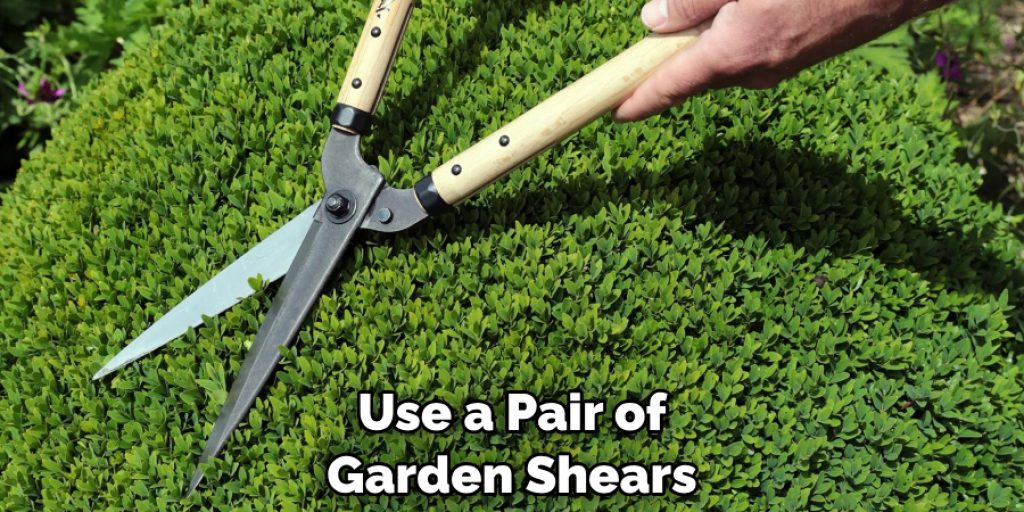
Step 5: Dig up Stubborn Roots
For particularly persistent weeds with deep root systems, use a shovel or spade to dig them out completely. This may require some digging and loosening of soil around the roots. If you are dealing with a large amount of weeds, or if they keep coming back, consider using a weed killer specifically designed for vegetable gardens. Be sure to follow the instructions carefully and avoid spraying it on any desired plants.
Step 6: Add Mulch
Once all the weeds have been removed, add a layer of mulch to your garden bed. This will help prevent new weeds from sprouting and also improve soil health. When replanting in your vegetable garden, consider using companion planting techniques to discourage weed growth. Plant tall or spreading plants to provide shade for the ground, and use weed-suppressing cover crops.
Step 7: Regular Maintenance
To prevent weeds from taking over your vegetable garden again, make sure to regularly maintain it. This includes pulling out any new weeds as they appear and keeping the area well-watered and fertilized for healthy plant growth.
Remember, clearing a vegetable garden full of weeds may take some time and effort, but with the right approach and tools, you can create a healthy and weed-free environment for your plants to thrive in.
Safety Tips for How to Clear a Vegetable Garden Full of Weeds
- Wear gloves to protect your hands from thorns, prickly weeds, and any potential chemicals.
- Use proper tools to prevent injury or strain on your body.
- Be cautious of any sharp objects that may be hidden under the weeds.
- Take breaks and stay hydrated while working in the garden.
- Avoid using weed killers on windy days to prevent accidental contamination of desired plants.
- Keep children and pets away from the area while working to ensure their safety.
- Always read and follow instructions carefully when using any chemicals or weed killers.
It is also important to note that some weeds may be toxic to consume, so make sure you research and properly identify any plants before consuming them. By following these safety tips, you can ensure a safe and successful clearing of your vegetable garden full of weeds.

How Can You Prevent Weeds From Growing Back After Clearing Your Garden?
One of the most common challenges gardeners face is keeping their vegetable gardens weed-free. Weeds can quickly take over and choke out your plants, reducing their growth and yield. Therefore, it is crucial to clear your garden of weeds regularly.
But even after clearing your garden, there is always a chance for weeds to grow back. So how can you prevent them from returning? Here are some tips to help you keep your vegetable garden free of weeds.
1. Mulch Your Garden
Mulching is an effective way to prevent weeds from growing back in your garden. It involves covering the soil with a layer of material, such as straw, leaves, or grass clippings. This layer acts as a barrier and prevents sunlight from reaching weed seeds, preventing them from sprouting.
2. Proper Spacing
Leaving enough space between your plants can also help in preventing weeds from growing back. When plants are overcrowded, they compete for resources like water and nutrients, making them weak and susceptible to weed growth. Giving your plants enough room to grow will promote their health and vigor, making it difficult for weeds to take over.
3. Hand Weeding
While it may be time-consuming, hand weeding is a highly effective way to keep weeds at bay. By removing weeds from their roots, you can prevent them from growing back. It also allows you to spot and remove any new weed growth before it spreads.
4. Use Weed Barriers
Weed barriers are another practical option for preventing weeds from returning to your garden. You can use plastic sheets or landscape fabric to cover the soil around your plants. These barriers prevent sunlight from reaching weed seeds, making it difficult for them to grow.
5. Keep Your Garden Beds Covered
After clearing your garden of weeds, it is essential to keep the soil covered at all times. Leaving bare soil exposed provides an ideal environment for weed seeds to germinate. You can use mulch, cover crops, or even plastic sheets to keep your garden beds covered and prevent weeds from taking over.

Are There Any Specific Techniques for Removing Different Types of Weeds?
When it comes to clearing a vegetable garden full of weeds, there are several techniques you can use depending on the types of weeds present. Understanding the different types of weeds and their characteristics is key in choosing the most effective method for removal.
1. Annual Weeds
These are weeds that complete their life cycle within one year and die off during winter. Examples include crabgrass, chickweed, and pigweed. The most effective method for removing annual weeds is by hand pulling or hoeing them before they produce seeds.
2. Perennial Weeds
Unlike annual weeds, these are weeds that can survive multiple growing seasons due to their extensive root systems. Examples include dandelions, thistle, and quackgrass. To get rid of perennial weeds, you need to dig deep and remove the entire root system. This can be done with a shovel or using specialized tools like a dandelion weeder.
3. Biennial Weeds
These are weeds that have a two-year life cycle. During the first year, they grow leaves and stems while in the second year they produce flowers and seeds before dying off. Examples include burdock, mullein, and wild carrot. To remove biennial weeds, it is best to uproot or cut them before they reach their second year of growth.
4. Grass Weeds
These are a common type of weed found in most vegetable gardens. They grow rapidly and compete with crops for nutrients and water. The most effective method for removing grass weeds is by using a weed trimmer or lawn mower to cut them down at the base.
5. Broadleaf Weeds
These are weeds with distinct broad leaves and are often harder to control than grass weeds. Examples include dandelions, plantains, and clover. To clear your garden of these types of weeds, you can use herbicides specifically designed for broadleaf weeds or hand pull them when young.
With these techniques in mind, you can easily clear your vegetable garden full of weeds and enjoy a bountiful harvest.
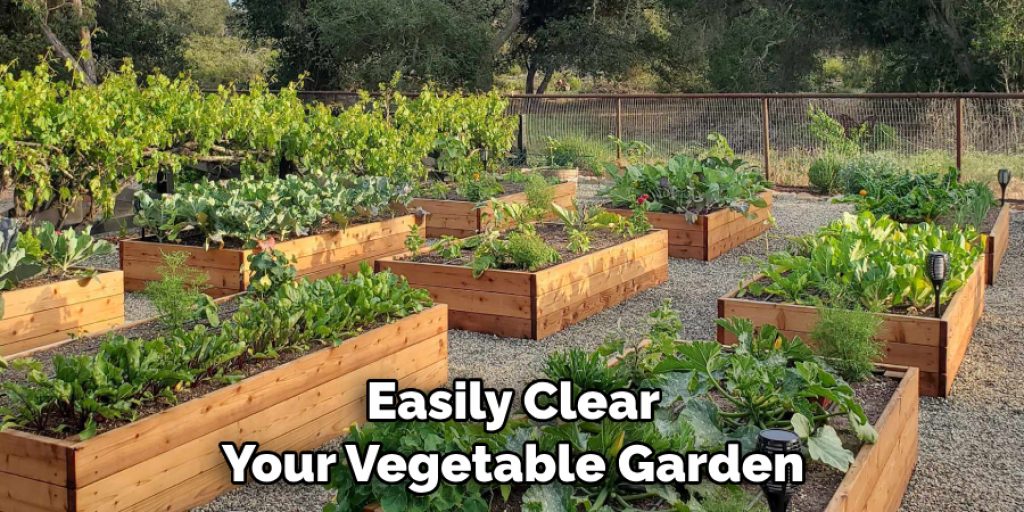
Conclusion
In conclusion, maintaining a vegetable garden requires regular weed control to ensure the health and productivity of your plants. While there are several methods for clearing a vegetable garden full of weeds, it is important to consider the disadvantages associated with each method.
One major disadvantage is that manually pulling out weeds can be time-consuming and physically demanding, especially if you have a large garden. This method also runs the risk of leaving behind weed roots, which can quickly regrow and spread.
Using chemical herbicides may seem like an easier solution, but it also has its own set of disadvantages. These chemicals can be harmful to the environment, as well as to other beneficial plants and insects in your garden.
They also require careful handling and application to avoid any potential health risks. I hope this article has been beneficial for learning how to clear a vegetable garden full of weeds. Make Sure the precautionary measures are followed chronologically.


